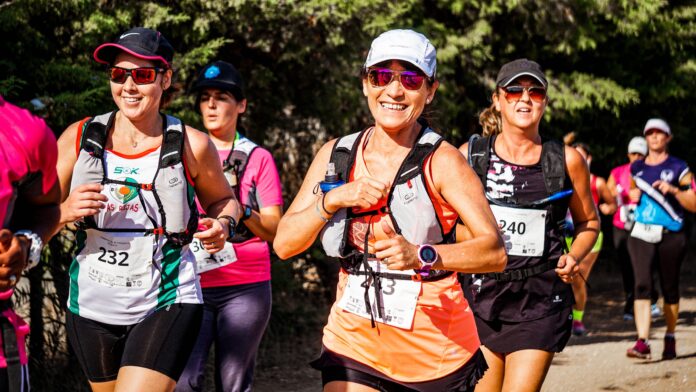Once called the “most fascinating object in the universe” by renowned neurologist and Nobel Prize laureate Stanley B. Prusiner, the human brain continues to mesmerize and motivate innovative scientific research.
While much of the current research within neuroscience focuses on clinical interventions and treatments, some researchers are more interested in understanding the evolutionary history of the human brain. Why is it the size it is? What happens to it as we age? Why does it have so many folds?
When it comes to evolution, researchers have discovered that nearly all aspects of our body have adaptive capabilities that have evolved to help us survive harsh conditions throughout human history. Therefore, should the brain be any different?
The Study
That is the question asked in a new study by a team of researchers including an anthropologist at Western University, which examined the brains of ultra marathon runners to better understand the evolutionary adaptations that can occur in our brains to promote survival.
The theoretical foundation of their research can be found in life history theory, which is described by the study’s authors as examining “the competitive allocation of resources between key physiological functions.” In other words, in times of particularly high stress or low energy, evolution has adapted us to selectively distribute energy and resources to the specific bodily functions that would help us survive the most in that situation.
The researchers focused their attention on changes in human cognition during times of energetic deficit, mimicking stressful states of our ancestors. They hypothesized trade-offs between certain cognitive functions. Specifically, it was predicted that spatial working memory (SWM) — crucial for navigation and foraging in difficult times — would be prioritized over episodic memory (EM) and psychomotor speed (PS), involved in recalling specific events and coordinating cognitive commands and physical actions, respectively.
Supporting this hypothesis are previous findings that human SWM prioritizes the location of calorie-rich and savoury foods over calorie-poor and sweet-tasting foods, suggesting an evolutionary role.
Life is a marathon, not a sprint
To recreate the energy-deficient states of our hungry and tired ancestors, the researchers recruited 48 ultra marathon runners participating in two races — the Jordan Ultra and Sri Lanka Ultra — and asked them to complete cognitive assessments of their SWM, EM, and PS both before and after their races.
Crucially, the runners in the Jordan Ultra lost a statistically significant amount of mass compared to the runners in the Sri Lanka Ultra. When combined with the analysis of the cognitive assessments, the researchers found that loss of mass was associated with a significant increase in SWM performance, whereas no significant association was found between mass loss and EM or PS performance, supporting the hypothesis. This was particularly true for female runners, which the authors hypothesized could “reflect the unique energetic context of human female reproduction.”
In the Sri Lanka Ultra, where runners did not lose mass, there was no significant change in cognitive performance in any of the three domains.
As the lead author of the study summarized, “we found a significant increase in performance in cognitive tasks linked to foraging ability. This has clear adaptive value, as an improved ability to find food would increase survival chances.”








































